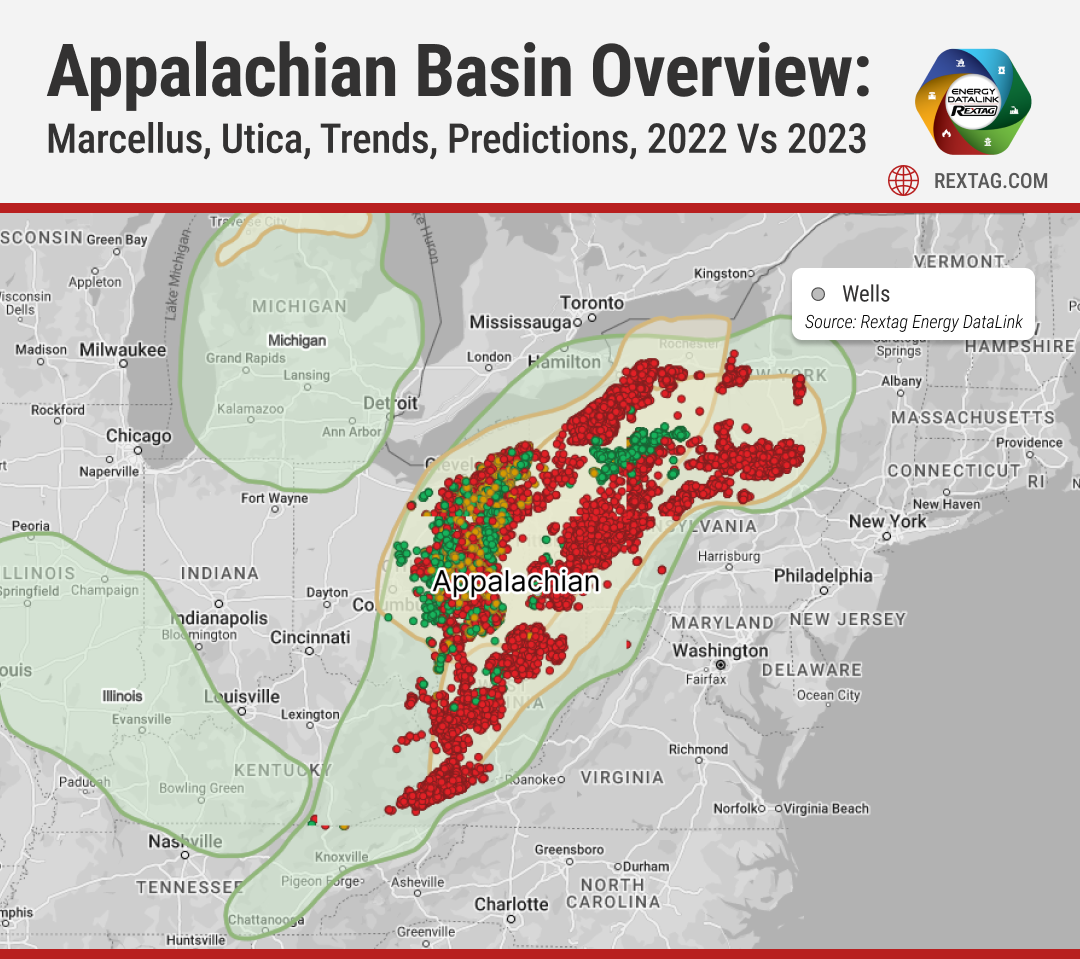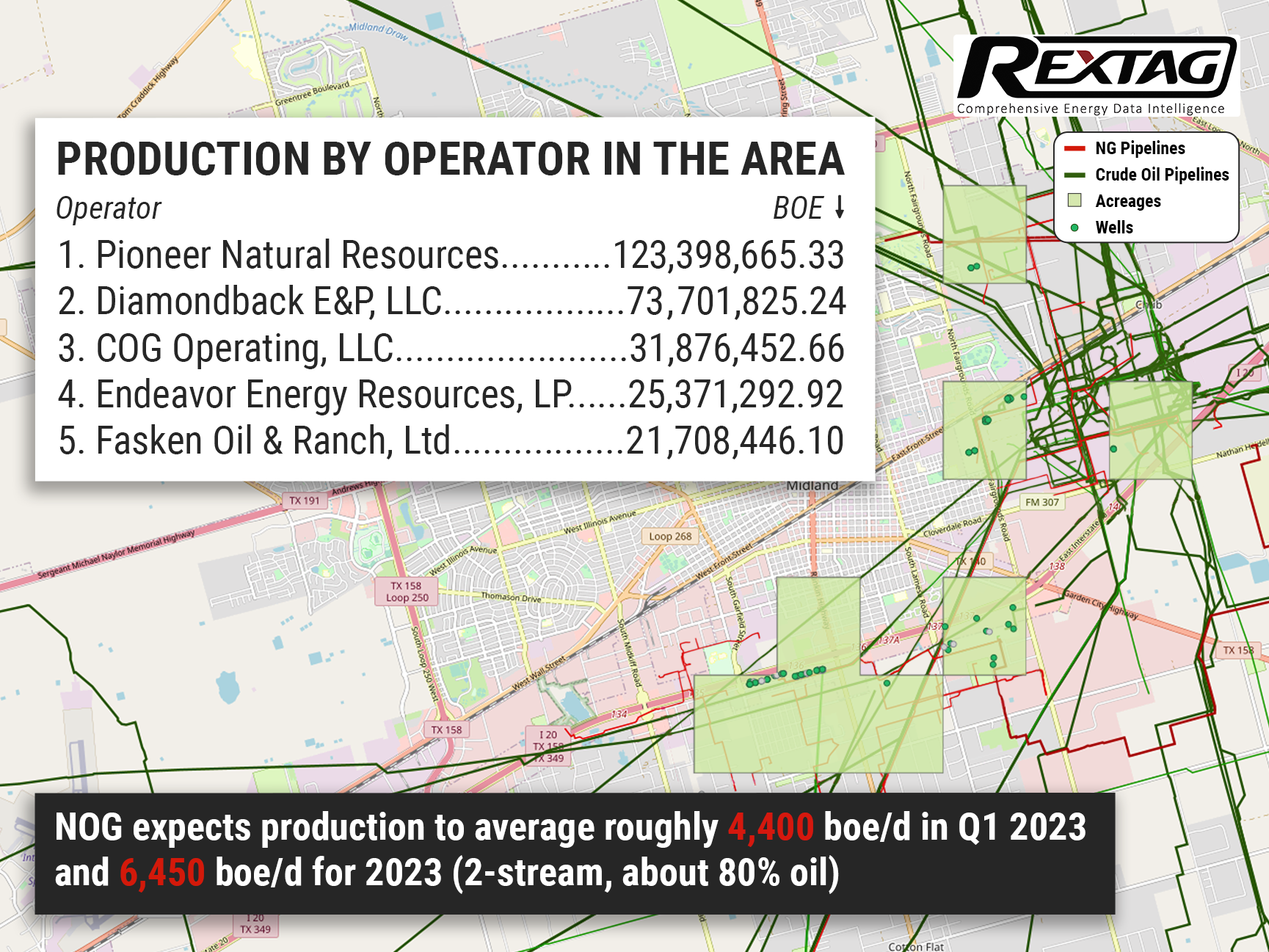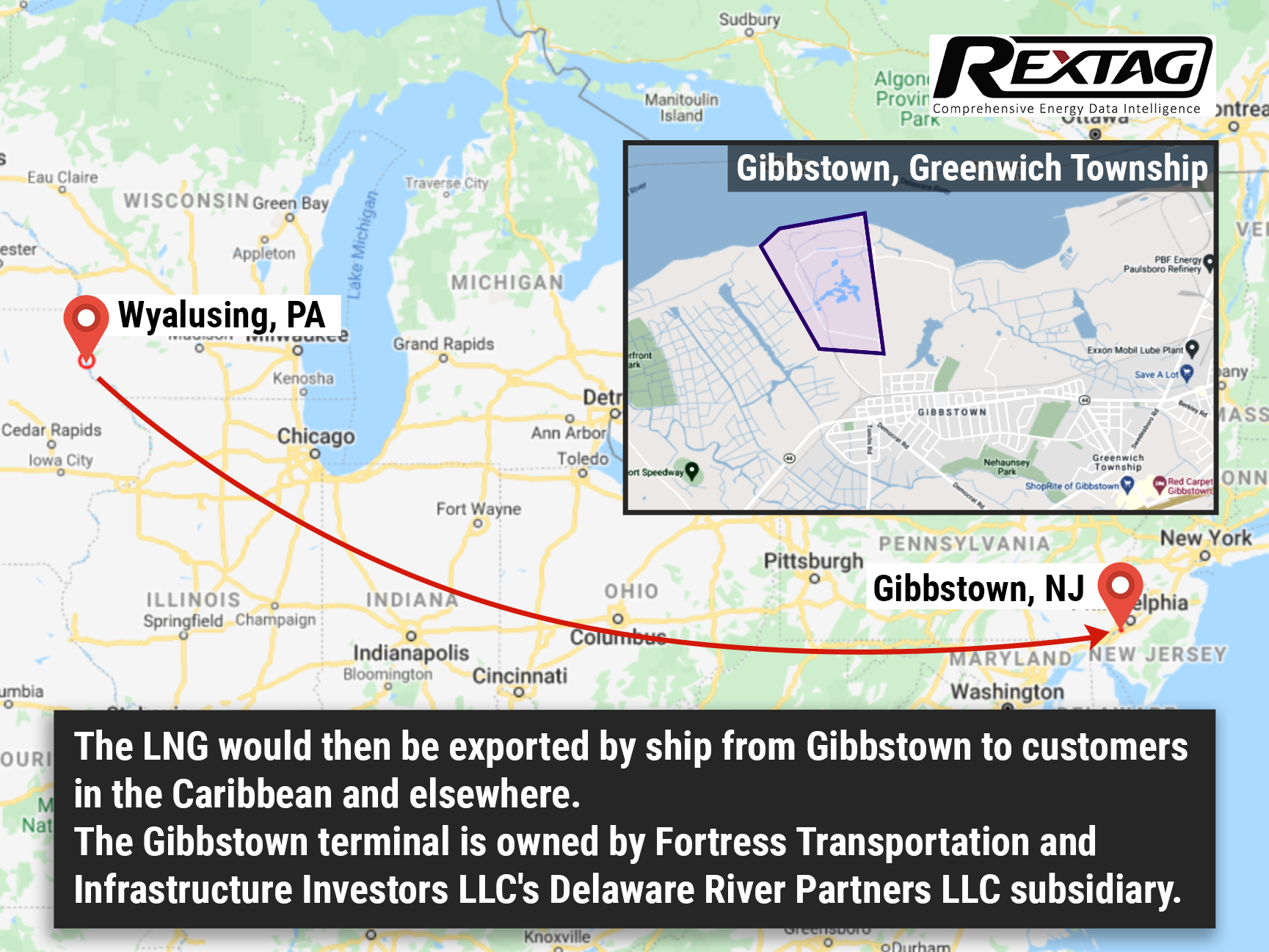Blog
Since days when shale oil and gas technologies were discovered, the U.S. energy industry has been evolving more rapidly than ever before. Many changes are amazing especially when you put them on an industry map. At Rextag not only do we keep you aware of major projects such as pipelines or LNG terminals placed in service. Even less significant news are still important to us, be it new wells drilled or processing plants put to regular maintenance.
Daily improvements often come unnoticed but you can still follow these together with us. Our main input is to “clip it” to the related map: map of crude oil refineries or that of natural gas compressor stations. Where do you get and follow your important industry news? Maybe you are subscribed to your favorite social media feeds or industry journals. Whatever your choice is, you are looking for the story. What happened? Who made it happen? WHY does this matter? (Remember, it is all about ‘What’s in It For Me’ (WIIFM) principle).
How Rextag blog helps? Here we are concerned with looking at things both CLOSELY and FROM A DISTANCE.
"Looking closely" means reflecting where exactly the object is located.
"From a distance" means helping you see a broader picture.
New power plant added in North-East? See exactly what kind of transmission lines approach it and where do they go. Are there other power plants around? GIS data do not come as a mere dot on a map. We collect so many additional data attributes: operator and owner records, physical parameters and production data. Sometimes you will be lucky to grab some specific area maps we share on our blog. Often, there is data behind it as well. Who are top midstream operators in Permian this year? What mileage falls to the share or Kinder Morgan in the San-Juan basin? Do you know? Do you want to know?
All right, then let us see WHERE things happen. Read this blog, capture the energy infrastructure mapped and stay aware with Rextag data!
Appalachian Basin Overview: Marcellus, Utica, Trends, Predictions, 2022 vs 2023
Appalachian Basin (formerly Marcellus and Utica) covers most of New York, Pennsylvania, Eastern Ohio, West Virginia, and Western Maryland in the north, reaching down to parts of Northwest Georgia and Northeast Alabama in the south. The basin is massive, covering about 185,000 square miles, roughly 1,000 miles long from northeast to southwest, and in some places, it's up to 300 miles wide. In this area, some major companies are making significant investments. EQT stands out as the largest producer in the Appalachian Basin, with other key players including Chesapeake, Range Resources, Antero, Repsol, and Gulfport also actively investing.
WhiteHawk Energy Expands Portfolio with $54 Million Marcellus Shale Natural Gas Asset Purchase
WhiteHawk Energy has recently completed a significant acquisition in the Marcellus Shale, investing $54 million. This deal has effectively doubled their mineral and royalty ownership in the Marcellus Shale, particularly in Greene and Washington counties in Pennsylvania. This region is noted for its high-quality natural gas reserves. WhiteHawk’s Marcellus assets now encompass approximately 475,000 gross unit acres, featuring production from about 1,315 horizontal shale wells. In addition to this, they own interests in 72 wells-in-progress, 64 permitted wells, and nearly 900 undeveloped Marcellus locations. This acquisition is expected to double WhiteHawk's net revenue interest in each well within its Marcellus holdings.
From Beginnings to a $7.1 Billion Milestone: Deal-Making Histories of Energy Transfer and Crestwood - Complex Review by Rextag
Energy Transfer's unit prices have surged over 13% this year, bolstered by two significant acquisitions. The company spent nearly $1.5 billion on acquiring Lotus Midstream, a deal that will instantly boost its free and distributable cash flow. A recently inked $7.1 billion deal to acquire Crestwood Equity Partners is also set to immediately enhance the company's distributable cash flow per unit. Energy Transfer aims to unlock commercial opportunities and refinance Crestwood's debt, amplifying the deal's value proposition. These strategic acquisitions provide the company additional avenues for expanding its distribution, which already offers a strong yield of 9.2%. Energized by both organic growth and its midstream consolidation efforts, Energy Transfer aims to uplift its payout by 3% to 5% annually.
Mascot Project Acquisition: NOG says Midland Basin Deal Is Completed
On January 5 Northern Oil & Gas (NOG) concluded a deal to acquire working interests in Midland-Petro D.C. Partners LLC (MPDC)'s Mascot Project in the Midland Basin, according to a January 9 press release. Firstly estimated at $330 million in cash, the deal was signed with an additional 3.25% working interest added to the 36.7% agreed upon when the transaction was announced on October 19. NOG paid $29 million more for the additional interests, which now totalled 39.958%. Finally, the deal closed for $320 million in cash and $43 million in debt at signing in October with the finance of Minnetonka, Minn.-based NOG with cash on hand, operating free cash flow, and assistance from its revolving credit facility.
NOG Acquires Working Interest in the Mascot Project, Midland Basin
Northern Oil and Gas Inc. (NOG) made a $330 million purchase in the Permian Basin, according to the release on October 19. NOG revealed an agreement to purchase a 36.7% working interest in the Mascot Project from Midland-Petro D.C. Partners LLC (MDPC). The acquisition will be funded with cash on hand, operating free cash flow, and borrowings. The Mascot Project is operated by Permian Deep Rock Oil Co., an affiliate of MPDC, which is a David H. Arrington-owned business based in Midland, Texas. NOG anticipates that the production from the acquired properties to average almost 4,400 boe/d in the first quarter of 2023 and 6,450 boe/d for the full-year 2023 (2-stream, about 80% oil).
Rail Permit for New Fortress to Ship LNG Expired, Putting Future Projects at Risk
Uncertainty grows: as New Fortresses permit to ship LNG by rail expires, PHSMA explores temporal pausing of the method to provide more time to study safety-related issues. The news prompts one to wonder whether Fortress will proceed with its Pennsylvanian LNG project, in which it has already sunk about $159 million in development.

.png)

.png)

